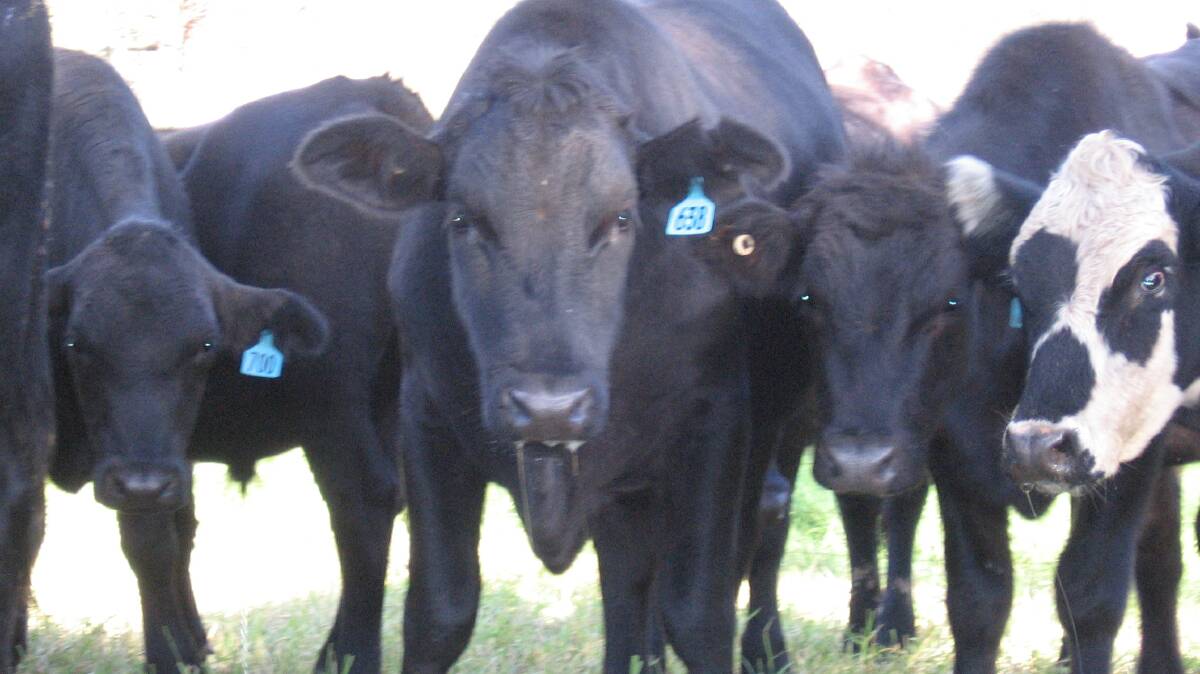
More cattle properties have been affected by kikuyu poisoning, with the Gloucester region reporting cases over the past weekend.
Subscribe now for unlimited access.
$0/
(min cost $0)
or signup to continue reading
Apart from the first case near Taree in February, Hunter Local Land Services (LLS) said the other seven affected properties over the past weeks have been in the western parts of the district including Stroud, Wards River, Dungog, Barrington and Gloucester. Stock losses have ranged from one to 12 head per property with four to five being the common number lost.
This week (Tuesday, March 13 and Wednesday, March 14) there have been a couple cases highly suspect for kikuyu toxicity at The Branch and Booral.
A Sydney University researcher will be visiting the region area to take pasture samples at affected properties, as there are still so many unanswered questions regarding the offending toxin.
Research is still underway into the actual toxin, but it appears to be a toxic fungus associated with kikuyu that is toxic, if cattle consume the affected kikuyu.
Related reading: Vets warn of kikuyu poisoning
It causes an acute illness and death. Affected cattle may stagger, drool, smelly green diarrhoea, show abdominal pain are intensely dehydrated with sunken eyes and progress to recumbency and death. Cattle are sometimes noted to stand around water.
In past cases, it is not uncommon to see a patch of kikuyu left un-grazed; possibly the cattle leave the kikuyu as it is unpalatable.
If you notice any of these signs, provide cattle with another source of feed such as a round bale, moving paddocks, or putting them in a larger paddock where they can selectively graze so they are not forced to consume the potentially affected kikuyu. The toxicity issue in the kikuyu seems to resolve after a number of weeks.
Sometimes, there is an early indicator stock death that might be a heads up that there is trouble ahead and therefore, it’s worthwhile investigating any unexpected stock losses.
If you notice any unwell stock, please promptly seek the advice of your private or the LLS district veterinarian.

